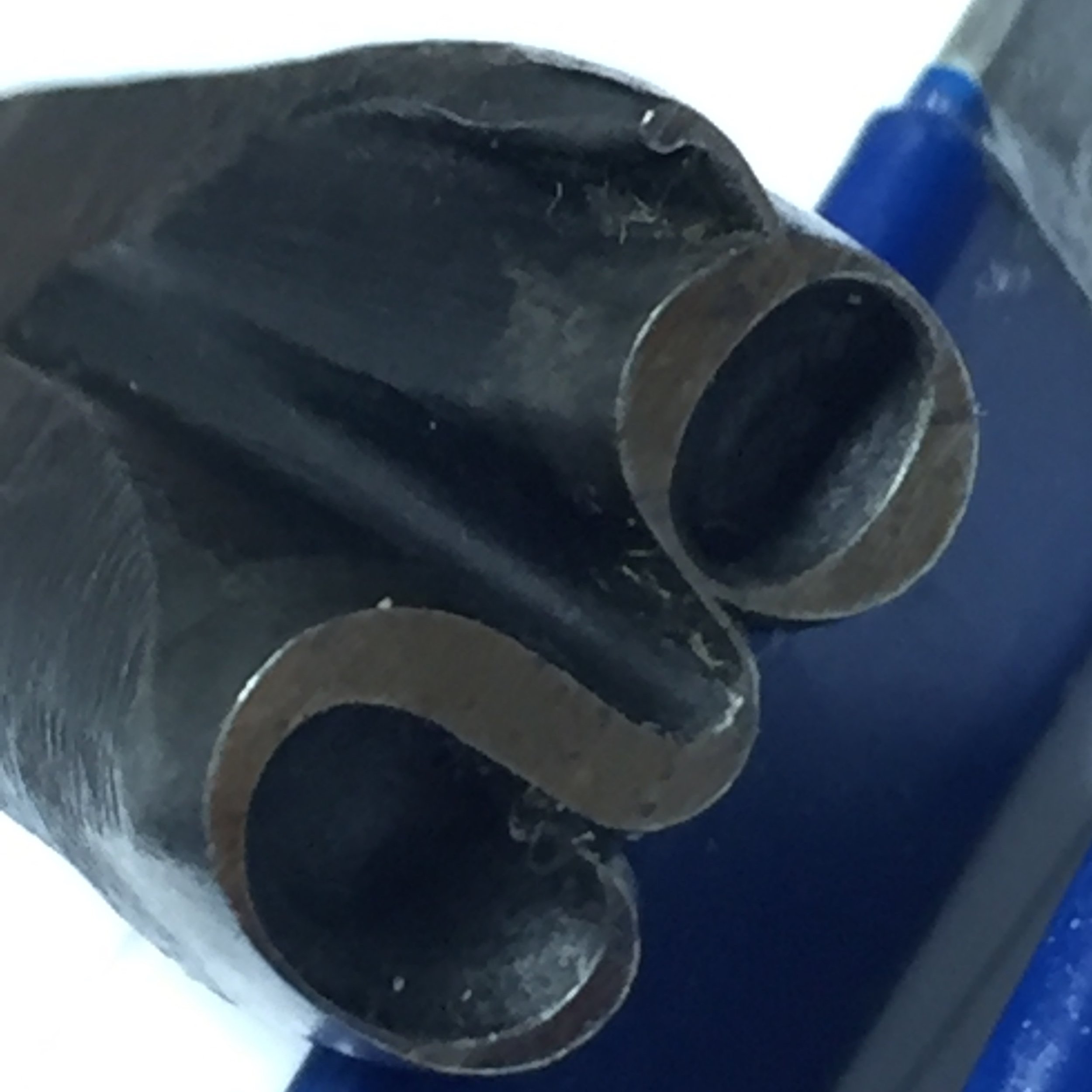This project investigates transfer-printing in the Midland enamel trade (c. 1750-1830). Practice-based and inter-disciplinary approaches elicit new knowledge on print craftsmanship and its context, enhancing understanding of Midland manufacturing. A research network supports the methodology and facilitates cross-disciplinary knowledge-exchange. Outcomes will be disseminated through publication and exhibition. Project importance and complexity builds the applicant’s skills and profile.
The enamel trade centred on Bilston, Wednesbury and Birmingham. It made early mass-produced consumer items, 'toys' and domestic ware, e.g. snuff-boxes and candlesticks. Novelty through decoration was key to consumer appeal: the trade juxtaposed traditional processes—enamel painting—with innovation—transfer-printing. It appears to be a Birmingham invention through Dublin engraver John Brooks' 1751 failed patent, and revolutionised enamel and ceramic production. A dearth in primary literature has hampered scholarship on the trade: research initially placed over-significance on the short-lived enamel manufactory at Battersea, Surrey (1753-56), as the site of innovation. Object analysis led to significant revisions attributing ware to Midland manufactories. Later research identified Battersea's Midland connection through the employment of Brooks, and Birmingham apprenticed engraver Hancock who worked for Worcester Porcelain and Midland enamellers. However, a lack of 'making literacy' amongst scholars has resulted in a focus on provenance, and limited attempts to understand the making ecology. Contemporary Midland historians have identified that in order to reveal new knowledge from objects to generate a complete Midland history new approaches need to be developed; this project addresses this.




